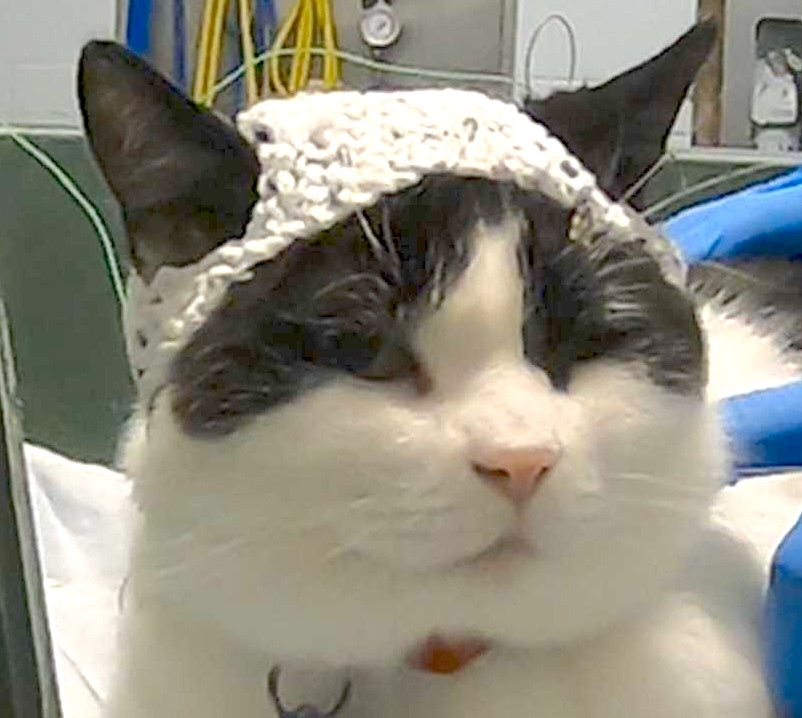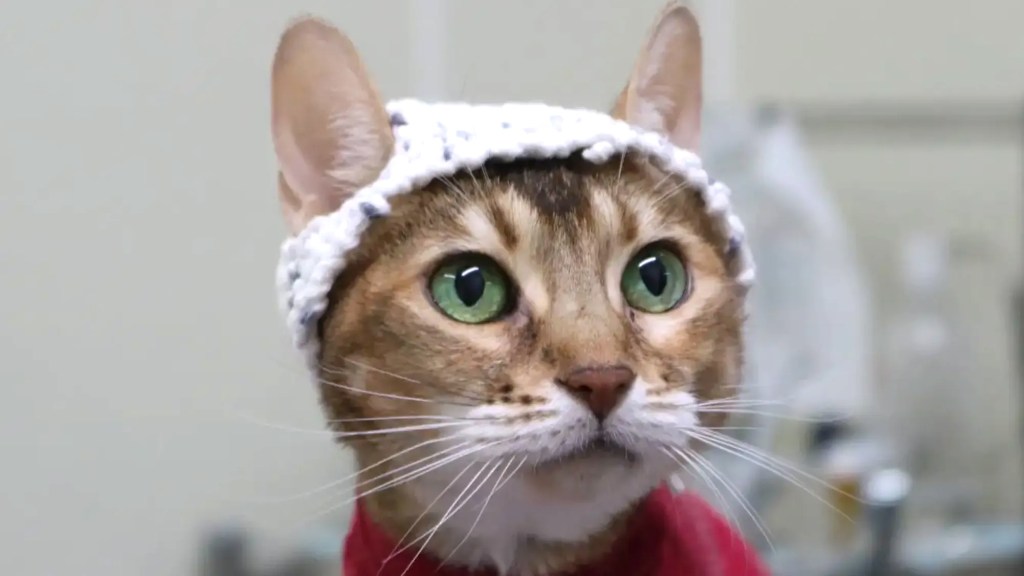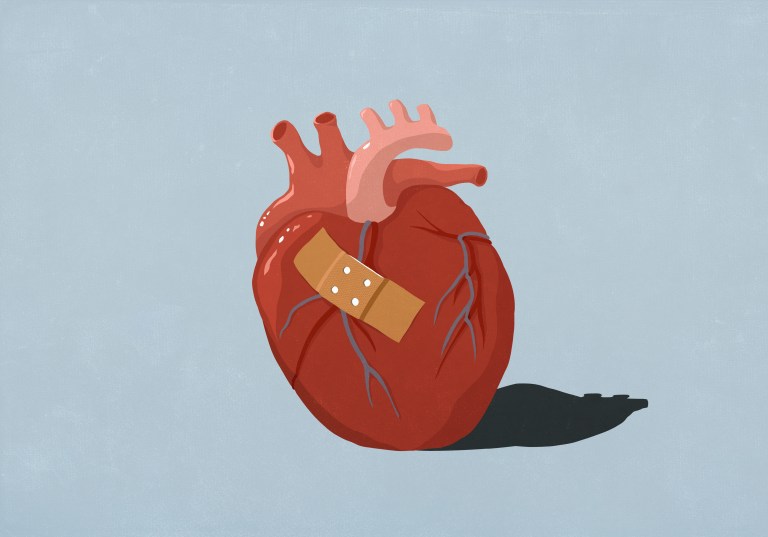Google “cats in hats” and you’ll be met with a surfeit of long-suffering kitties donning baseball caps, bonnets, bowlers, tiaras, you name it. And now, adorable woolen beanies that can measure the animals’ brain waves are also in the mix.
A first-of-its-kind study out of the University of Montreal fitted cats with a specially crocheted, electrode-containing cap to assess levels of stress and pain caused by the chronic condition osteoarthritis. Additionally, the cap allowed researchers to better understand how their feline subjects responded to soothing elements introduced to ease their discomfort.
Osteoarthritis affects over 25% of adult cats worldwide (an incidence that increases with age). Currently, treatments other than non-steroidal anti-inflammatory drugs, or NSAIDs, are limited. Most of those treatments also have negative side effects, and thus must be used with caution.

To analyze what occurs neurologically in cats with the condition, scientists use EEG tests, which measure electrical activity in the brain. The problem is EEGs require wiring to be hooked up to the head, and, as you can imagine, conscious cats don’t make that easy — shaking off the wires, or worse, chewing them.
But scientists, it seems, are just like us — when they’re stumped on how to do something, they turn to the web.
“We decided to use [crochet hats] because during the acclimation, the habituation period, when we put the electrodes on, sometimes the cat shakes his head and the electrodes just fall down. So we kept putting the electrodes on again and again,” co-author Aliénor Delsart told IFLScience. “So we saw online that there are some crochet hats that exist just for cute reasons. And we decided to try to do one for our EEG, just to save time.”
Eleven adult cats with osteoarthritis were chosen “based on their behavioral compliance,” per the authors. (It’s safe to say that not every kitty would be amenable to donning a hat for science.) The tests took place in enriched environments complete with scratching posts, perches, beds, and toys, with the cats first being acclimated to the methods and personnel involved over the course of two weeks.
The entire evaluation took about 45 minutes, and after the researchers assessed the cats’ pain, they treated the kitties to soothing stimuli such as colored lights and grapefruit essential oil to note how each affected their brain activity.
RELATED: Couple Creates Children’s Book Series Based on Adventures of Their Late Rescue Cat
“It’s a next step to better know the chronic pain in cats,” Delsart told IFL. “And I hope that it will help better characterize the chronic pain and to manage it correctly, because now we have some problems to manage, osteoarthritic pains in cats, because it’s difficult to diagnose and to treat appropriately.”
She added that the research could pave the way for future study of other animals’ pain: “For horses, there [are] also some EEG that are feasible. And for dogs, I know that there [are] also EEG that are performed. We probably want to try this for other species too.”











